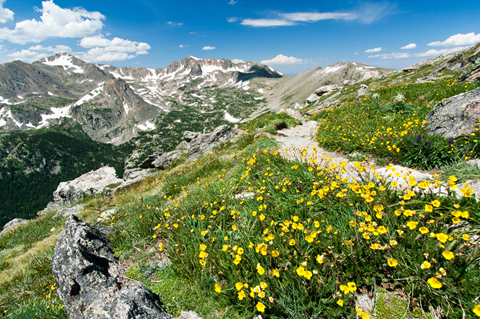I thought I’d start off this blog with a posting about risk management. Today in New Jersey we’ve been dealing with temperatures in the high 90’s and high humidity. The potential for heat stress related illness made me think about a news story I read a few months ago about David Buschow, 29-year-old former US Air Force verteran who died on July 17, 2006 in the Escalante Grand Staircase monument in Utah while on Day 1 of 28-day survival course.
The incident has been well-described (though I would not call this the same as being well-documented) in various media articles. These are all collected at the RememberDave.net Web site set up by his family. (If you don’t know this incident I’d suggest you read first news story from The Guardian in the UK and for some contrasting views read the second entry in The Ledger.)
- Guardian Online
- The Ledger
- CBS News Story
- FOX News Story
- Denver Post Article
- Article by Dr. Paul Auerbach
- CNN Blog with Story
- Inside Edition
I think this disturbing incident raises a number of critical issues for all outdoor programs.
When is it our job/responsibility to push and when is it our job/responsibility to ease off?
It is true that many aspects of outdoor education, therapeutic adventure and other many areas of our field urge, even require that we push participants. In this case David Buschow had signed up for extremely rigorous 28-day course where he was supposed to be challenged to his limits to survive in difficult circumstances. At the same time, in reading all of the accounts that I have seen, there is clear medical evidence that he was suffering from severe dehydration. As a safety measure his guides had water available, but no water was offered to him. The signs and symptoms “His breathing was laboured, he was vomiting, falling and hallucinating and he consistently complained of cramping pains in his legs” are easily recognizable as dehydration. But the goal of the course was to push students, so that’s what happened. Later on, when Buschow collapsed and was unable to get up he requested water from the guide who was with him and was not offered any. Soon afterwards he died.
While this is an extreme and tragic example, it illustrates that instructors and programs really do, at times, have ‘life and death’ control over the people in our programs. While for most programs such decisions won’t be truly a ‘life or death’ issue, can we judge and who are we to judge what might be something that is a ‘life or death’ issue for a participant?
For those of you who aren’t familiar with Jasper Hunt’s excellent book, Ethics in Experiential Education, (I suggest you get a copy) and read the chapter on Risk. Jasper does a superb job of exploring the ethical dilemma’s associated with creating risk for people and the obligations that go with it and I talk about the two forces of Negative Risk and Positive Risk in my article on the Risk Assessment and Safety Management Model (read the article or watch the video).
I think the major failure here is not too disimilar from what happened on Mt. Everest in 1996, like the goal of getting to the summit, the goal of getting the participants to camp was made somehow paramount and it overshadowed what I see as common sense. I’ve led lots of trips and been led. The best guides I’ve seen spend the first day or several days evaluating the participants and start to make judgments about how far someone can go. This kind of ‘leader’s radar’ is an essential skil for any outdoor educator. Where it was on this day, I couldn’t say. If any goal including ‘pushing people to their limits’ becomes so paramount and we become so rigid that we cannot see and read the signs around us like David’s dehydration signs then tragedies like this will continue to happen.
I think we have to constantly ask the difficult ethical questions that Jasper raises. There will be times when the risks we are creating will be justifiable. A juvenile offender hooked on crack may not have much of a chance for life without pushing, but should I be going to the same boundary point with an incoming college freshmen on a wilderness orientation trip?
All of us send our condolences to David Buschow’s family and friends. One thing that each of us can do to honor his memory is to never forget to ask ourselves the crucial questions about when to push and when to ease off. I don’t have an answer for you, but I know what the result will be if we fail to ask the question.


